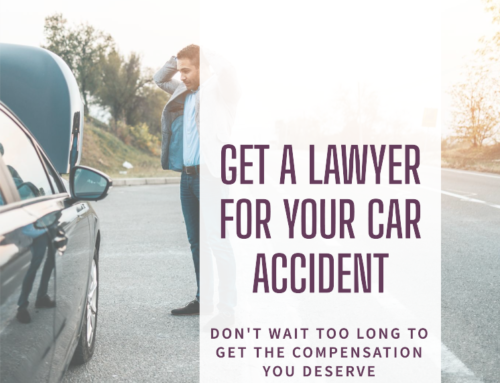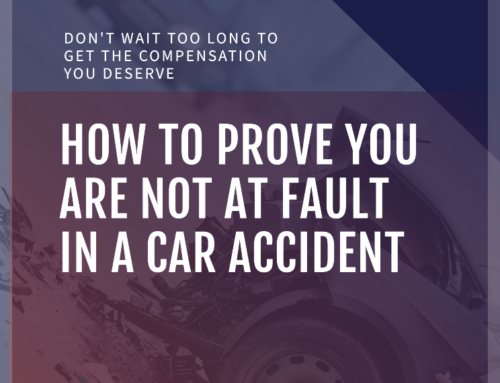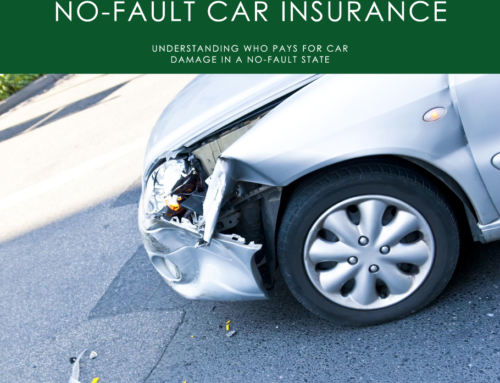
The Uber accident policy is a crucial aspect of the company’s operations and protects both Uber drivers and passengers in the event of an accident. The policy is meant to offer financial coverage for any damages and injuries resulting from accidents during an Uber ride. These accidents range from minor incidents such as fender benders to major accidents resulting in severe injuries or even death.
Notably, the accident policy is categorized into various periods based on the state of the Uber app during the mishap. Therefore, understanding the different coverages under these periods becomes crucial regarding insurance claims. However, filing and pursuing such claims can be complex, requiring understanding Uber’s policies and the laws governing rideshare accident compensation.
Table of content
- Uber’s Insurance Coverage when the App is Off
- Dual Coverage Period: Uber App is On, but the Driver is Unmatched
- Uber’s Coverage during a Matched Ride or Trip
- Collision and Comprehensive Coverage by Uber
- Insurance Claim Process Following an Uber Accident
- Involvement of Personal Injury Attorneys in Uber Accident Cases
- Common Complications in Uber Accident Claims
- The Future of Uber’s Insurance Policies
- Key Takeaways on Uber’s Accident Policy
Uber’s Insurance Coverage when the App is Off
When an Uber driver’s app is off, the company’s accident policy does not apply. At this point, the driver is treated as any other motorist. Should an accident occur, the driver’s auto insurance is responsible for addressing any claims arising from the accident. However, many personal insurance policies usually exclude activities that involve business purposes.
This presents a loophole where an Uber driver who has not updated their coverage to include rideshare activities might not receive the needed coverage from their policy. As such, drivers must update their personal insurance policies to reflect their status as rideshare drivers to circumvent this challenge.
Dual Coverage Period: Uber App is On, but the Driver is Unmatched
Once the Uber app is on, but the driver hasn’t received a ride request, the Uber accident policy switches to a dual coverage mechanism. This period, often dubbed Period 1, still regards driver’s insurance as the primary coverage. However, Uber provides limited liability coverage in this period if the personal coverage doesn’t apply or is exhausted.
Depending on the jurisdiction, this supplementary Uber coverage includes $50,000 per person for bodily injury, $100,000 per accident, and $25,000 for property damage. This period becomes a gray area for most accident claims since determining liability, and adequate coverage can often result in intense negotiations between the two insurance providers.
Uber’s Coverage during a Matched Ride or Trip
Uber’s coverage escalates substantially after receiving a ride request (Period 2) and throughout the trip (Period 3). Uber’s coverage jumps to $1 million in these periods for third-party liability, including bodily injury and property damage. Furthermore, Uber’s coverage becomes the primary insurance, surpassing the driver’s insurance.
In addition to liability protection, Uber also provides uninsured/underinsured motorist bodily injury protection. This covers Uber drivers and passengers whose damages exceed the at-fault driver’s insurance or when the driver lacks insurance.
Collision and Comprehensive Coverage by Uber
While liability coverage is primarily geared towards third parties affected by an accident, Uber drivers also benefit from collision and comprehensive coverage during an Uber trip. This policy covers damages to the Uber driver’s vehicle because of an accident, regardless of who is at fault.
However, this coverage requires a $1,000 deductible, meaning the driver must pay this amount before Uber’s collision and comprehensive coverage comes into effect. Drivers must know this to determine how much they may have to pay out-of-pocket after an accident.
Insurance Claim Process Following an Uber Accident
The driver, passenger, or third party involved through the Uber app initiate the insurance claim process following an Uber accident. The app prompts the user to report the accident and upload any relevant material, such as photos of damages and the accident scene, to facilitate the claim.
Once reported, the incident is forwarded to Uber’s insurance partner in the respective jurisdiction. The partner then follows up with involved parties, going through usual insurance claim processes such as taking statements, reviewing evidence, and evaluating the claim amount. The claimant may need legal assistance adequately presenting their claim, mainly if it is a significant accident involving high stakes.
Involvement of Personal Injury Attorneys in Uber Accident Cases
Personal injury attorneys are often integral to filing claims against Uber and its insurance partners. They typically provide legal advice, guide claimants through the complex process, and negotiate claim amounts with insurance carriers. Lawyers’ expertise ensures the aggrieved parties receive their entitled compensation for injuries and damages.
Furthermore, attorneys challenge any denials or low-ball offers extended by insurance companies. Their involvement is particularly beneficial in cases where Uber or its insurance partners dispute liability, alleging fault on the driver or third party’s part.
Common Complications in Uber Accident Claims
Claims against Uber are often riddled with complications primarily because of the distinction between personal insurance and Uber’s insurance coverage. Period 1 is often the most prone to disputes as personal insurance may deny claims citing commercial activity exclusion clauses, leaving claimants to deal with Uber’s supplementary coverage.
Other complications arise due to Uber’s status as a technology company rather than a transportation provider. This perception often leads to Uber shifting blame to drivers instead of admitting liability, complicating the settlement process.
The Future of Uber’s Insurance Policies
Uber’s insurance policies continually evolve in response to legislation changes and public sentiment. Governments worldwide are instituting laws to regulate liability for rideshare firms, demanding higher coverage levels and ensuring companies like Uber are liable for accidents during any ride stage.
Uber’s insurance policies will probably see increased coverage limits and greater clarity on Uber’s accountability. This indicates a future where rideshare companies take more extensive measures to ensure their drivers’ and customers’ safety and well-being.
Key Takeaways on Uber’s Accident Policy
In conclusion, Uber’s accident policy is complex and multi-layered, primarily because of constantly shifting liability based on the state of the Uber app during an accident. However, understanding the company’s policies is crucial for drivers and passengers alike.
Furthermore, injured parties should consult with experienced personal injury attorneys in accidents. Such professionals could ensure a fair settlement and navigate the often challenging terrain of Uber accident claims. In the meantime, Uber users must stay updated with changes in Uber’s policies to ensure their rights are adequately protected.
Final thought
Understanding Uber’s accident policy presents a layered and complex structure that shifts based on the current operational phase of the Uber driver – whether the app is off, on without a match, or during an active ride. While the policy offers a range of coverages during these periods, complexities often surface when discerning who bears the primary liability: the driver’s insurance or Uber’s coverage.
The claim process further complicates matters, leading to significant disputes and sometimes requiring the intervention of legal professionals. As we anticipate future policy changes that may potentially refine liability and coverage limits, it is stressed that Uber drivers and passengers alike inform themselves of the Uber accident policy nuances.
Consulting with an experienced personal injury attorney can be beneficial to navigate through claims successfully. In doing so, one can fairly resolve damages and losses incurred during Uber-related accidents without being lost in the complexities of what is, undoubtedly, a complex and multi-dimensional accident policy landscape.





Leave A Comment